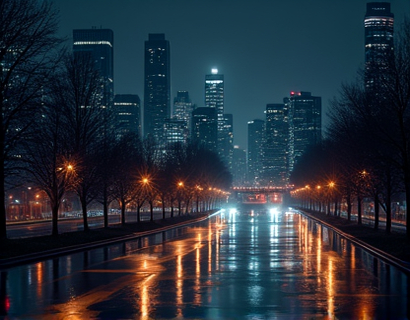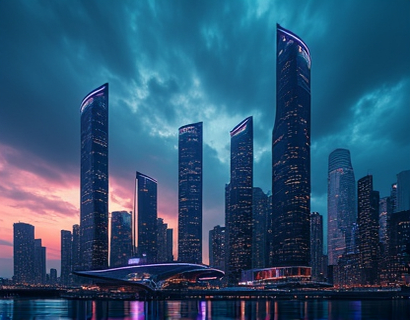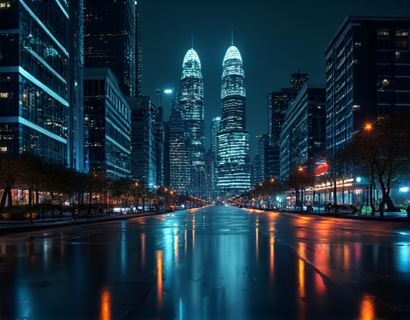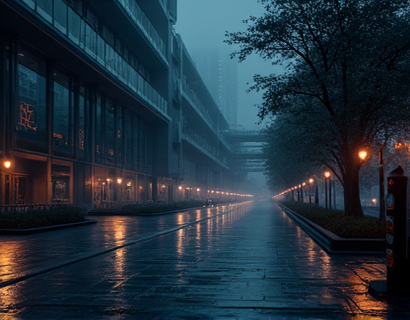Ultimate Guide to the Cultural Heritage, Historical Sites, and Travel Essentials of the Ancient Indus Valley
The Indus Valley, a cradle of one of the world's oldest civilizations, offers a profound journey into the depths of human history and culture. Spanning across present-day Pakistan and northwestern India, this region is home to numerous archaeological sites, each telling a unique story of the people who once thrived here. This comprehensive guide aims to delve into the rich cultural heritage, historical landmarks, and practical travel tips for tourists and enthusiasts looking to explore this ancient land.
Historical Background and Significance
The Indus Valley Civilization, also known as the Harappan Civilization, flourished around 3300 to 1300 BCE. It is one of the three ancient civilizations of the Old World, alongside Egypt and Mesopotamia. The civilization is named after the Indus River, which played a crucial role in the development and sustenance of the cities. The most notable cities are Mohenjo-Daro and Harappa, both of which showcase advanced urban planning and sophisticated water management systems.
The Indus Valley Civilization is renowned for its standardized weights and measures, advanced drainage systems, and the use of a yet-to-be-deciphered script. The people of this civilization were skilled in metallurgy, pottery, and craftsmanship, producing intricate jewelry and tools. The societal structure, though not fully understood, appears to have been relatively egalitarian, with no evidence of grand palaces or temples, suggesting a community-oriented society.
Key Historical Sites to Visit
Visiting the historical sites of the Indus Valley is a journey back in time, offering a glimpse into the lives of its ancient inhabitants. Here are some must-visit sites:
- Mohenjo-Daro: Located in the Sindh province of Pakistan, Mohenjo-Daro is one of the largest and best-preserved cities of the Indus Valley Civilization. The Great Bath, a sophisticated water drainage system, and the intricate drainage channels are highlights. The site also features the Pillar of Life, a mysterious stone structure with carvings.
- Harappa: Situated in Punjab, Pakistan, Harappa is another major city of the Indus Valley Civilization. The site includes the Granary, a large public building, and the Citadel, which houses the famous "Dancing Girl" figurine. The city's layout and planning provide insights into the advanced urban design of the time.
- Kalibangan: Located in Rajasthan, India, Kalibangan is known for its early evidence of wheel-made pottery and a well-planned city with a citadel and a lower town. The site also features a unique fire altars and a sophisticated drainage system.
- Rakhigarhi: Also in Haryana, India, Rakhigarhi is one of the largest but least excavated sites of the Indus Valley Civilization. Recent excavations have revealed a large urban area with a complex water management system, including wells and drains.
- Dholavira: Situated in Gujarat, India, Dholavira is known for its well-preserved structures and unique water conservation techniques. The site includes a massive stepwell and a sophisticated drainage system that collected and stored rainwater.
Cultural Heritage and Artifacts
The cultural heritage of the Indus Valley is rich and diverse, reflected in the numerous artifacts discovered at various sites. These artifacts provide valuable insights into the daily life, beliefs, and artistic achievements of the people.
One of the most fascinating aspects is the pottery, which ranges from utilitarian vessels to intricate decorative pieces. The pottery often features geometric patterns and animal motifs, showcasing the artistic skills of the craftsmen. Bronze and copper artifacts, including tools, jewelry, and figurines, are also prevalent. The famous "Dancing Girl" and "Priest-King" figurines are prime examples of the civilization's artistic prowess.
The Indus Valley people were also skilled in seal carving, producing small stone seals with intricate designs and inscriptions. These seals were likely used for trade and administrative purposes. The seals often depict animals such as bulls, elephants, and unicorns, as well as abstract symbols.
Travel Essentials for Visiting the Indus Valley
Planning a trip to the Indus Valley requires careful preparation to ensure a smooth and enriching experience. Here are some essential tips and information to consider:
Best Time to Visit
The optimal time to visit the Indus Valley sites is from October to March, when the weather is pleasant and cooler. Summers can be extremely hot, making outdoor exploration challenging, while winters are mild and ideal for sightseeing.
Getting There
The nearest international airports are in Lahore, Pakistan, and Ahmedabad, India. From these cities, you can take domestic flights or rent a car to reach the historical sites. For those traveling from within Pakistan or India, public transportation and taxis are readily available.
Accommodation
Accommodation options range from budget-friendly guesthouses to luxury hotels. In Mohenjo-Daro and Harappa, there are modest hotels and lodges near the sites. For a more authentic experience, consider staying in nearby cities like Larkana and Muzaffargarh in Pakistan, or Bharuch and Ahmedabad in India.
Local Cuisine
Indulge in the local cuisine, which is a delightful blend of flavors. Pakistani dishes such as biryani, kebabs, and naan are must-tries, while Indian cuisine from the Gujarat region offers a variety of vegetarian and non-vegetarian options. Don't forget to sample local sweets like gulab jamun and jalebi.
Dress Code
Respect local customs by dressing modestly, especially when visiting religious sites or smaller towns. Lightweight, breathable clothing is recommended due to the hot climate. Sunscreen and a hat are essential to protect yourself from the sun.
Health and Safety
Ensure you are up to date with all necessary vaccinations before traveling. Carry a first-aid kit and stay hydrated, as the climate can be harsh. It's also a good idea to have travel insurance that covers medical emergencies.
Cultural Etiquette
Show respect for the local culture by learning basic phrases in Urdu or Gujarati. Dress modestly, remove your shoes when entering homes or religious sites, and ask for permission before taking photographs of people.
Hidden Gems and Local Attractions
While the major sites are impressive, there are several hidden gems and local attractions that offer a deeper connection to the region's history and culture:
- Tarchani Fort: Located near Mohenjo-Daro, this fort offers panoramic views of the surrounding area and a glimpse into medieval history.
- Lothal Museum: In Gujarat, the Lothal Museum provides an in-depth look at the Lothal site, including reconstructed houses and a model of the ancient dockyard.
- Chotro Fort: Also in Sindh, Pakistan, this fort is less visited but offers a serene environment and beautiful views of the Indus River.
- Local Craft Markets: Visit local markets in cities like Karachi and Lahore to purchase handmade crafts, textiles, and souvenirs, supporting local artisans.
- Nature Reserves: Explore the Cholistan Desert or the Kutch Desert Wildlife Sanctuary for a unique experience of the region's natural beauty.
Travel Tips for Enhancing Your Journey
To make the most of your trip to the Indus Valley, consider these additional tips:
Firstly, hire a knowledgeable guide for a deeper understanding of the historical and cultural significance of the sites. Guides can provide insights that enhance your visit and answer any questions you may have.
Secondly, carry a good camera to capture the intricate details of the artifacts and the vast landscapes. A tripod can be useful for low-light photography.
Thirdly, download offline maps and guides on your smartphone to navigate the sites and nearby areas effectively.
Lastly, be open to the local way of life. Engage with the people, try local foods, and immerse yourself in the rich cultural tapestry of the Indus Valley.
In conclusion, the Indus Valley is a treasure trove of history, culture, and natural beauty. By following this guide, you can ensure a well-informed and enriching journey through this ancient land. Whether you are a history buff, a cultural enthusiast, or a curious traveler, the Indus Valley promises an unforgettable experience.










































